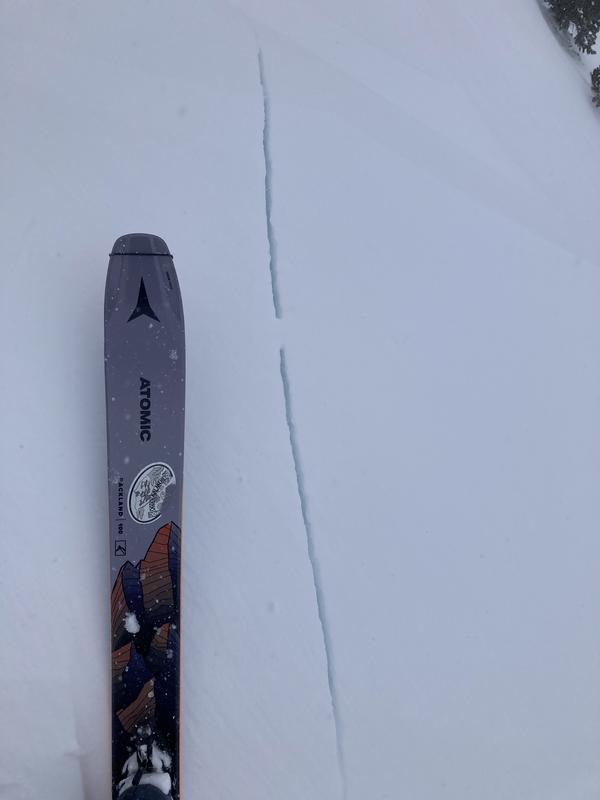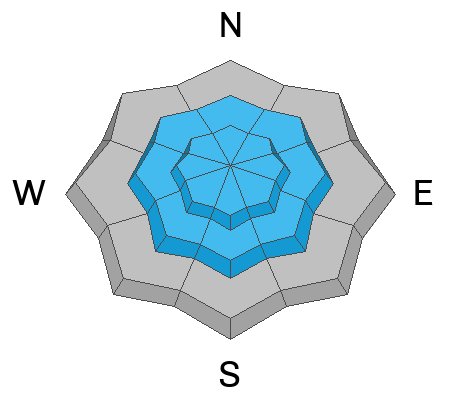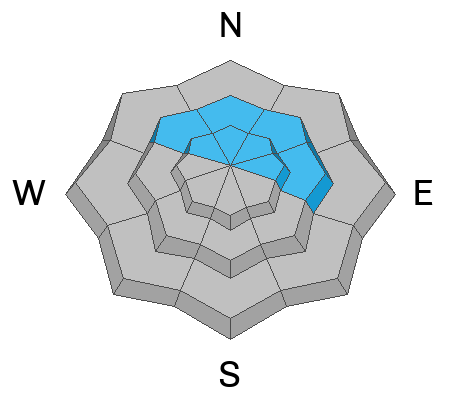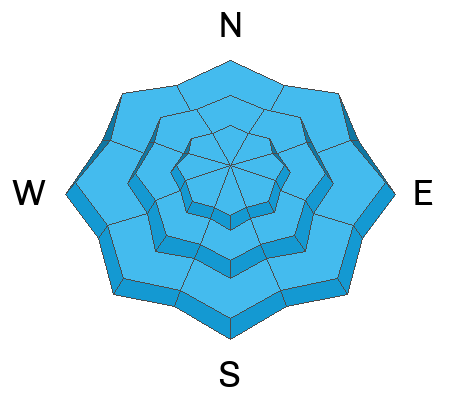Forecast for the Ogden Area Mountains

Issued by Trent Meisenheimer on
Monday morning, February 17, 2025
Monday morning, February 17, 2025
The avalanche danger is HIGH on upper-elevation slopes, where it is very likely that you will trigger a new or wind-drifted snow avalanche failing on one of many buried weak layers within the snowpack. These avalanches will be deep enough to bury, injure, or kill a person. Here, traveling in avalanche terrain is NOT recommended. All other areas have a CONSIDERABLE avalanche danger.
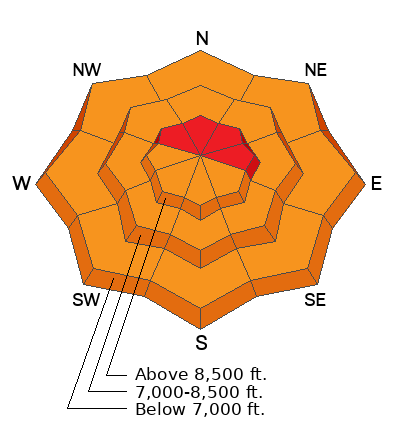
Low
Moderate
Considerable
High
Extreme
Learn how to read the forecast here


